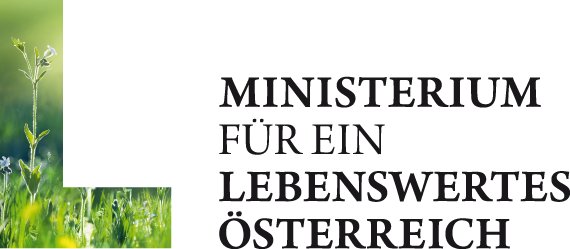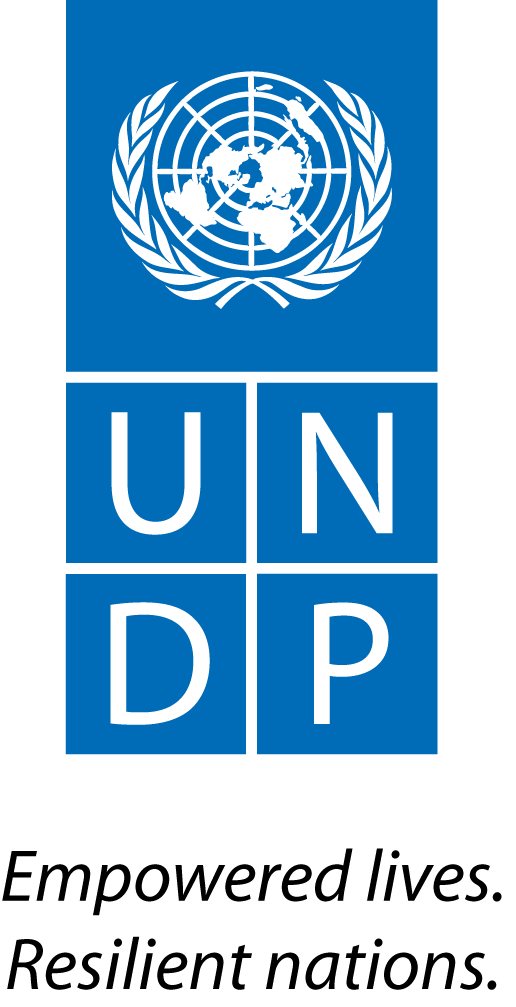Republic of Moldova’s Greenhouse Gas Inventories in the Framework of its SNC 10.08.2010
Votează: 0.0/5 (0 Voturi ) |
http://ncsp.undp.org/news/republic-moldova%E2%80%99s-greenhouse-gas-inventories-framework-its-snc
The Republic of Moldova began preparing its Second National Communication (SNC) in Nov 2005. Since the submission of its Initial National Communication (INC) in 2000, major structural changes occurred in key sectors of the country’s economy while the system of collecting and processing statistical data has significantly improved.
Also, work has been carried out for developing national emission factors, and new inventory guidelines became available. Therefore, a new approach to generate more detailed greenhouse gas (GHG) inventories was required for the SNC. All activity data and emission factors were updated and GHG inventories for 1990 to 1998, which were calculated for the INC, were recalculated due to the use of higher tier estimation methods, the revision of previous methodologies and emission factors, and the inclusion of new emission sources. As a result, new GHG emissions for 1999-2005 were calculated, and a “National Inventory Report: 1990-2005. Greenhouse Gas Sources and Sinks in the Republic of Moldova” was compiled. This report will be published in parallel with the SNC document.
The National Inventory Report (NIR) was compiled in compliance with UNFCCC Reporting Guidelines on Annual Inventories: Direct (CO2, CH4, N2O, HFC and SF6) and indirect (NOx, CO, COVNM and SO2) GHG emissions were estimated based on the Revised 1996 IPCC Guidelines for National GHG Inventories (IPCC, 1997), IPCC Good Practice Guidance and Uncertainty Management in National GHG Inventories (IPCC, 2000), IPCC Good Practice Guidance for Land Use, Land-Use Change and Forestry (IPCC, 2003), EMEP/CORINAIR Atmospheric Emission Inventory Guidebook (2005) and 2006 IPCC Guidance for National GHG inventory (IPCC, 2006).
Moldova’s GHG Inventory: A Success story
1. A series of GHG inventory from 1990 to 2005 was developed following the most recent inventory guidance available, including the 2006 IPCC Guidelines for National Greenhouse Gas Inventories;
2. A significant achievement was the development of the National Inventory Report, a very comprehensive 350-page inventory document, compiled in compliance withthe UNFCCC Reporting Guidelines on Annual Inventories;
3. The inventory team succeed to develop a range of national Emission Factors for the Industrial Process, Agriculture, LULUCF, and Waste Sectors;
4. The inventory team developed a QA/QC Plan, which provides guidance for data and methodology checks, processes governing peer review and public comments, and guidance on conducting an analysis of the uncertainty of emission estimates.
Higher tier methodologies and country specific emission and conversion factors have been used for certain categories, e.g., for Cement production, Lime Production, Bricks Production, Steel Production, Beverages Production, Refrigeration and Air Conditioning Equipment, Enteric Fermentation (cattle, sheep and goats), Manure Management (cattle and swine), Forest Lands, Cropland, Grassland, Solid Waste Disposal, and International Aviation.
For the 1990-2005 GHG inventories, level and trends key category assessments were performed according to the Tier 1 approach based on the IPCC methodologies. The Key Source Calculation Tool developed by the US Environment Protection Agency (US EPA) was used as well.
The key attributes of the Quality Assurance and Quality Control Plan (QA/QC) elaborated for the SNC include detailed Tier 1 (general procedures) and Tier 2 (source-specific) procedures and standard verification were used to standardize the process of implementing QA/QC procedures to ensure the quality of the national inventory. This includes technical reviews (audit) carried out by experts; activity data quality check, including comparison of data obtained from different sources, and documentation of the national GHG inventory process. QA/QC activities for the different sectors were supported by experts representing: the Energy Institute of the Academy of Sciences of Moldova (Energy Sector); State Technical University (Industrial Processes and Solvents and Other Products Use); Institute of Pedology and Agrochemistry N. Dimo and Institute of Agribusiness and Rural Development Management (Agriculture); Forest Research and Management Institute (Land Use, Land-Use Change and Forestry) and State Ecological Inspectorate (Waste).
In the NIR the result of a Tier 1 quantitative study of uncertainty was also provided (as performed on key and non-key source categories - including LULUCF - and on the inventory as a whole, including the overall inventory trend uncertainty for 1990-2005).
For the 2005 inventory year the total uncertainty constitutes ±16.0 per cent, while the uncertainty in trend from 1990 to 2005 was ±3.9 per cent. The uncertainty values have been defined as a range of 95 per cent confidence interval (IPCC, 2000), meaning that there was a 95 per cent probability that the actual value of the quantity (activity data, emission factors or emissions) was within the interval defined by the confidence limit.
Some minor GHG sources not accounted in the inventory were excluded due to data limitations or a lack of thorough understanding of the emission process. Moldova’s Inventory Team will continue to work to improve the understanding of such sources
Key Lessons Learned From The Process of Preparing Moldova’s SNC
1. National experts stated that IPCC default Emission Factors (EFs) were sometimes inappropriate for sources highly dependent on local conditions. Active involvement of key stakeholders and relevant organizations made it possible for Moldova to develop local EFs for prioritized key sources;
2. Inventory team learned from the IPCC Good Practice Guidance ’s decision trees to select appropriate methods and EFs for key sources and to document all EFs used in the national GHG inventories;
3. The use of improved activity data, application of national EFs and higher tier methodologies for prioritized key sources can contribute to significant reduction of the uncertainties in GHG inventories;
4. The inventory improvement program developed as part of the SNC serves as an important mechanism for identifying and prioritizing tasks, improving the accuracy and comprehensiveness of emission estimates, as well as for improving the inventory management systems;
5. The QA/QC Plan contributes to the establishment of a thorough national system of quality control, checks, documentation, and rigorous inventory review;
6. Developing a National Inventory Report (NIR) is considered critical for enhancing the sustainability of the inventory process in Moldova. Without a NIR, inventory team and the preparation of national inventories will not be able to build on previous work;
7. Peer review performed by national experts not directly involved within the inventory preparation process is another important mechanism of ensuring the quality of national GHG inventories;
8. The experience gained since 2001 by Moldovan experts in the frame of UNFCCC in-depth inventory reviews of Annex I Parties, offered the opportunity to share the experience with local experts participating in the inventory preparation process. The inventory review exercise is an useful capacity-building exercise and other Non-Annex I Parties should strive to integrate more national experts in the in-depth review process;
9. Regional workshops is one of the best mechanisms for sharing results, experiences and providing training in different aspects of IPCC good practice;
10. Regular contacts with policymakers, data providers and the scientific community are also important for ensuring ongoing support with the national GHG inventory;
11. Awareness-raising campaign carried out in the frame-work of the SNC was focused on the multiple benefits of the inventory, such as improved national resource management, improved mitigation assessments and better planning for national planning.
|
|






